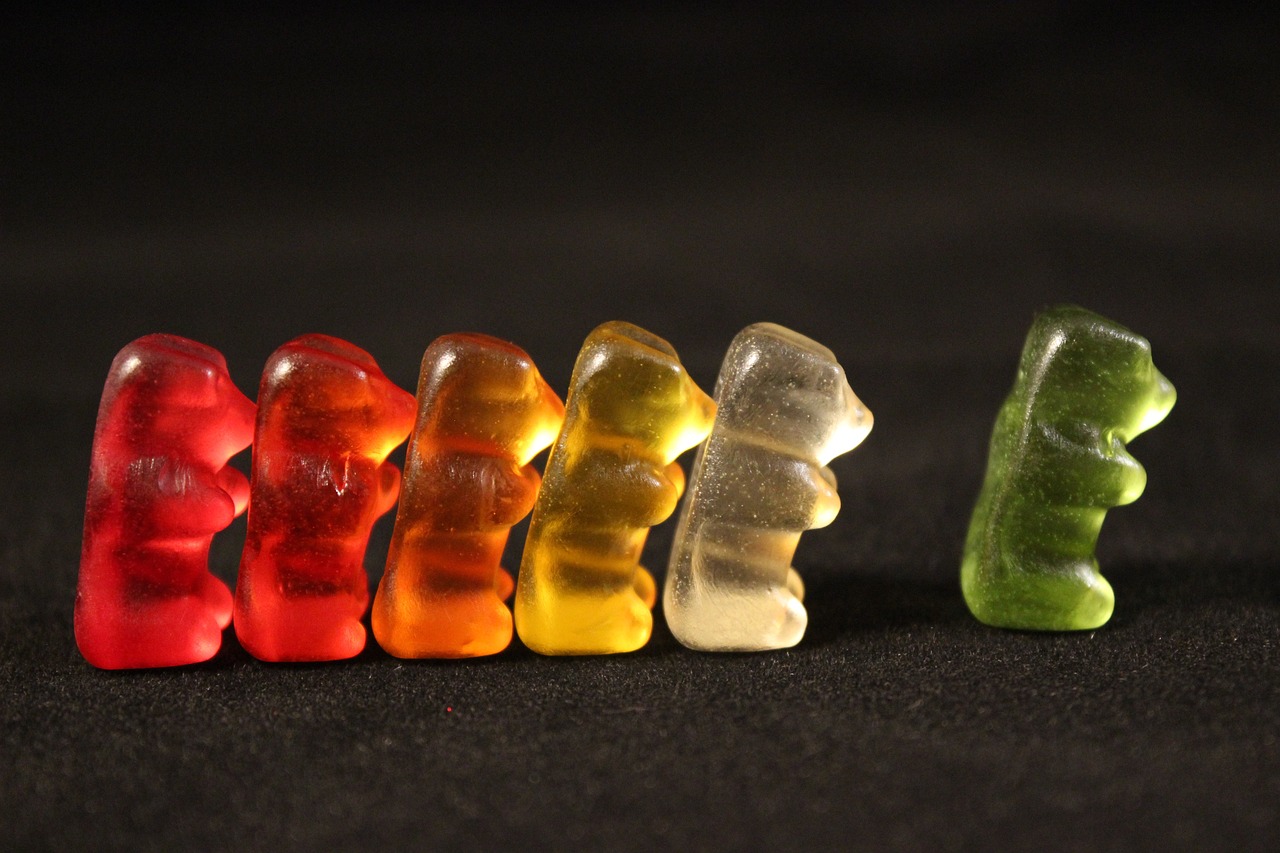There is a school of thought lower doses of THC paired with a full spectrum cannabinoid profile may be a beneficial therapeutic solution
Microdosing is a new trend covered by everyone from The NY Times to Rolling Stone. While more research needs to be done, it seems to beneficial. While psychedelics started the trend, marijuana is now part of the trend. With cannabis, is allows a relaxed, yet focused high. Consuming cannabis in smaller doses may help you avoid certain side effects like paranoia, anxiety or intense psychoactivity. Small doses of cannabis may provide a subtle, but profound form of healing and relief. This is not an answer to larger issues like chronic pain, rather manageable ones like mild anxiety.
Knowledge is power and it is important to understand why you would need help with an issue. Of course, it is important to know how to microdose marijuana as it is to why, and we have some guidelines.

Cannabis and Your Body’s Physiological Processes
Cannabis is a complex plant with over 400 chemical compounds, 60 of which are cannabinoids. Recreational cannabis use can produce effects such as light-headedness, increased appetite, feelings of relaxation, and reduced blood pressure. While these effects may be mild and temporary, feeling intoxicated (the sub-perceptual effect) may prove uncomfortable or inappropriate for those who wish to simply obtain medicinal benefits.
RELATED: Science Says Medical Marijuana Improves Quality Of Life
CBD (cannabidiol) is a non-psychoactive compound, while delta-9-tetrahydro-cannabidinol (THC), is the main psychoactive ingredient in cannabis. In states where medicinal cannabis consumption is legal, several small storefronts have emerged selling all manner of CBD products from oils and tinctures to infused water. CBD and THC both have the same molecular structure and are similar on a chemical level to your body’s built-in endocannabinoids; however, the arrangement of these atoms varies which allows them to interact differently with your body’s cannabinoid receptors. Because CBD is non-psychoactive and doesn’t have as many adverse effects, microdosing with CBD and other cannabinoids apart from THC is unnecessary.
Medical Conditions Aided by Microdosing
The effects of medicinal cannabis are still undergoing significant research. It is currently used to treat psychological conditions such as depression, anxiety, and PTSD as well as physical symptoms like gut pain, migraines, and PMS. Although pharmaceuticals exist to treat these conditions, they are often not without unpleasant side effects. For example, while treatment options for depression and anxiety have improved dramatically over the course of the past decade, medication and counseling are not equally effective for everyone. In fact, according to NCBI, antidepressants proved just 40-60% effective at managing symptoms. For some patients, a more holistic approach may be needed.
THC Microdosing Methodology
If the thought of medicinal benefits without the overwhelming psychoactive effects of THC seems like an attractive proposition, then microdosing might be for you. Generally speaking, there are several ways to consume THC: smoking, vaping (flower or oil), edibles, and dabs.
RELATED: Sorry, But Science Doesn’t Favor Microdosing Psychedelics
When smoking, inhale no more than two seconds and immediately exhale without holding it in the lungs. Wait approximately ten minutes before consuming more. Once you achieve the desired state, cease consumption.
- If you’re vaping flower or oil, set the vape pen or other device to a low heat setting, inhale for two seconds and exhale immediately. Wait about ten minutes before inhaling again. Once you reach your desired destination, don’t inhale more.
- Gummies are incredibly popular with rough 49% of consumers using them. Edibles can tricky to microdose with, but if they prove to be a more convenient option you can make them yourself by starting with 2.5 mg of THC. Even if you don’t feel anything, wait a minimum of twenty-four hours before trying again. You can increase or decrease the dose by 1 mg as needed.
- Finally, dabs aren’t recommended for novice consumers because they’re difficult to microdose with. If novice consumers are intent on using dabs, someone more experienced should guide them on the process.
You might need to experiment with different methods to see which one is right for you. If any of these methods produce an unintended effect or you worry that you may have accidentally consumed too much, simply reduce the amount until you find a happy medium.



